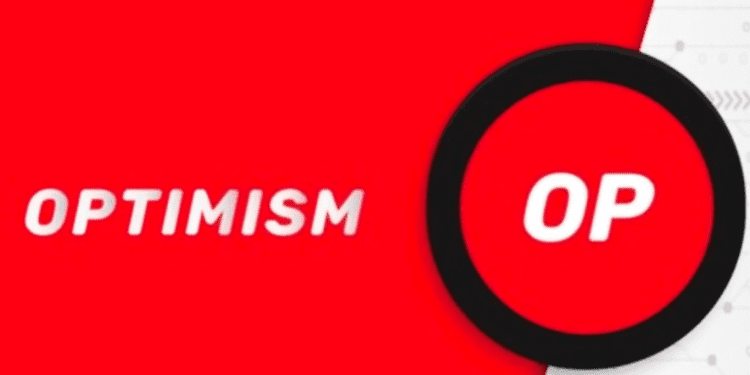- Optimism, the Layer 2 network for scaling Ethereum, has changed its name to OP Mainnet.
- The name change reflects its goal of creating a “super chain” network of Layer 2 blockchains.
Optimism [OP], a Layer Two (L2) scaling solution, has changed its name. The announcement made via the foundation’s official Twitter page noted that the chain is now called “OP Mainnet.”
The new name “makes clear the delineation between the OP Mainnet blockchain and the Collective, vibe, and ethos that “Optimism” encompasses.” According to the thread, Optimism stated that the move is motivated by its desire to create a “super chain” and that OP Mainnet “will be one L2 chain among many,” alongside Base, Celer, and Polygon zkEVM.
A New Name Following Bedrock
Optimism recently released its bedrock update on 6 June. The anticipated upgrade (the “bedrock” for the super chain-to-come), all associated and integrated chains either built within or designed in alignment with the OP tech stack (developer tooling, APIs, and SDKs) will be linked over, enabling a smooth communication over a unified ecosystem.
The upgrade has been estimated to reduce gas costs by 40% due to improved data compression. The Bedrock upgrade moved Optimism closer to its goal of creating a super chain.
Optimism has maintained its position as one of the top L2 solutions, trailing only its main rival, Arbitrum. However, in terms of transaction volume, Optimism recently overtook Arbitrum in January.
Regarding total value locked (TVL), Arbitrum still has the upper hand.
Arbitrum currently has $2.2 billion in TVL, while Optimism has $824 million. The focus of Optimism on DEXs and derivatives protocols is one reason for this. Arbitrum’s operations include the previous two and cross-chain protocols, lending protocols, and yield farming. However, with the recent upgrade, Optimism’s competitiveness is expected to improve as Bedrock enables faster transactions with significantly lower fees.
Consequences of the Chain Change
The shift from “Optimism” to “OP Mainnet” doesn’t merely represent a rebranding effort; it also signals a transformative shift in the platform’s strategy and vision.
The intention to build a “super chain” indicates a push for greater interoperability and connectivity within the Ethereum ecosystem. The ambition of OP Mainnet to be one of many Layer 2 chains reflects a collective desire to decentralize and democratize the Layer 2 landscape, broadening the scope for innovation and cooperation. This collaborative vision has the potential to drastically alter the competitive dynamics within the Layer 2 space and the Ethereum ecosystem as a whole.
In terms of transaction volume and total value locked (TVL), the data shows a dynamic rivalry between OP Mainnet and Arbitrum. This rivalry extends to the core of each platform’s design decisions and strategic focus. While both platforms seek to improve the scalability of the Ethereum network, their approaches differ due to different priorities.
Although faster, OP Mainnet’s single-round fraud-proof system is more expensive than Arbitrum’s multi-round system. This distinction has contributed to Optimism’s lower TVL and the number of daily active addresses. However, the recent Bedrock upgrade could be a game-changer in this regard.
Suppose the upgrade delivers on its promise of significant gas fee reductions. In that case, it may shift the balance between speed and cost, making OP Mainnet an increasingly appealing platform for both users and developers. The effectiveness of this strategy and its potential to shake up the Layer 2 landscape remains to be seen, but the ambition is clear.














